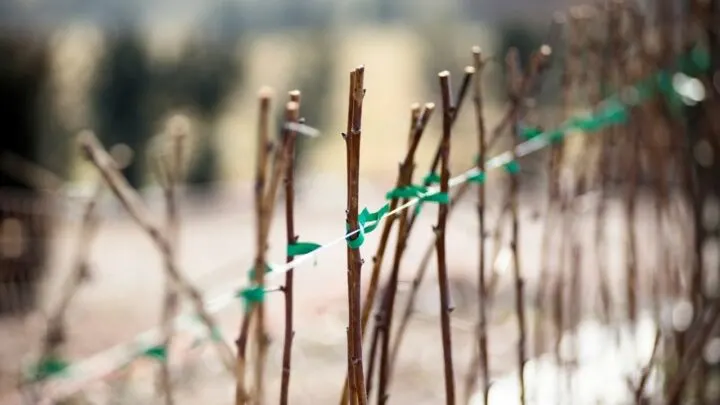How to propagate raspberries?
In this article, I will talk about two proven methods to propagate raspberries that work well for me.
My garden is a paradise of plants that simply seed themselves all year long.
The twisted and tumbled raspberry bramble patch has produced the biggest, juiciest, and sweetest raspberries you will ever taste for years!
When a friend brought some visitors over, we all had a few raspberries, and I was surprised that one of the ladies asked me to propagate a new plant for her.
What on earth was that?
I thought raspberries simply spread from seeds or people bought the plants from a nursery as I had.
What did she mean, “can I propagate a plant for her?”
The lady kindly explained, and by the next year, I had five “new” and strong raspberry plants going.
Here’s how.
Table of Contents
How to Propagate Raspberries
Raspberry plants can be propagated as suckers that grow up from the roots of the plant’s primocanes or as tips grown by burying a section of a new cane in the soil. It will then push out its own roots. Plant these propagations in rich, fungus-free soil for the new raspberry brambles to sprout.
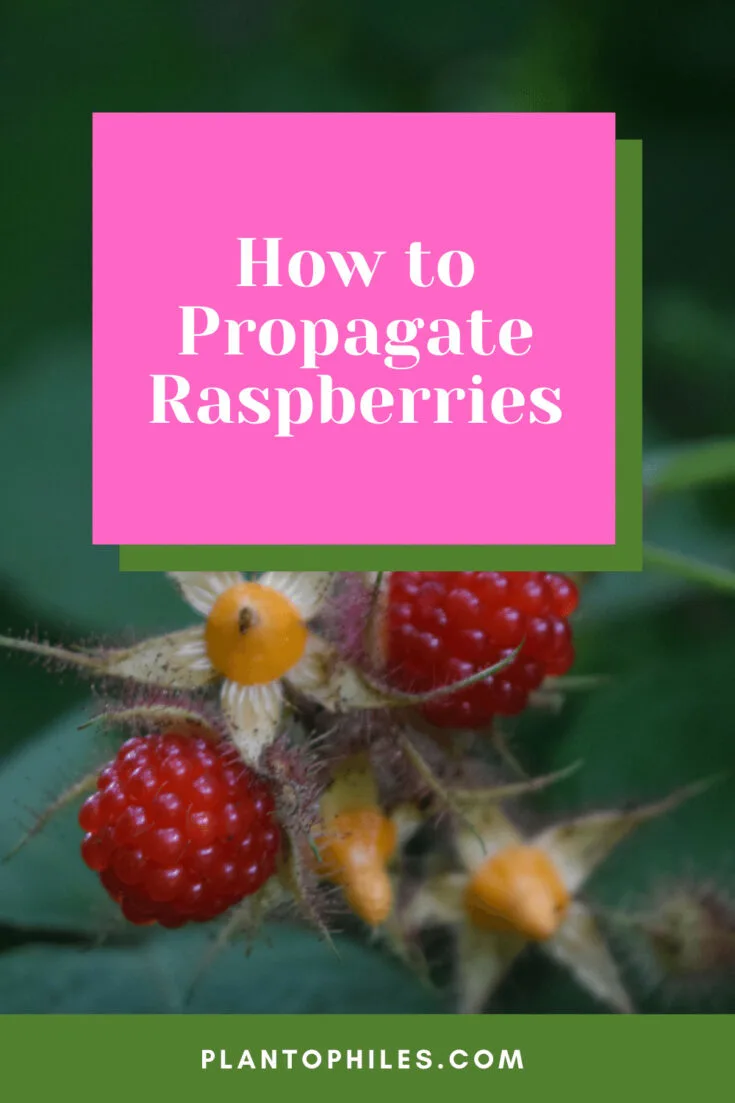
How to Propagate Raspberries
The Top 2 Raspberries Propagation Methods Explained
Raspberries are prolific growers, but the quality of the berries suffers when the plants aren’t correctly propagated.
With good propagation and planting methods in place, your chances of having a healthy plant that will produce juicy berries increase.
Method 1: The Sucker Method
This is one of the popular methods to propagate the new cutting of red raspberry bramble.
Each year, the raspberry bush creates canes or shoots that thicken and grow.
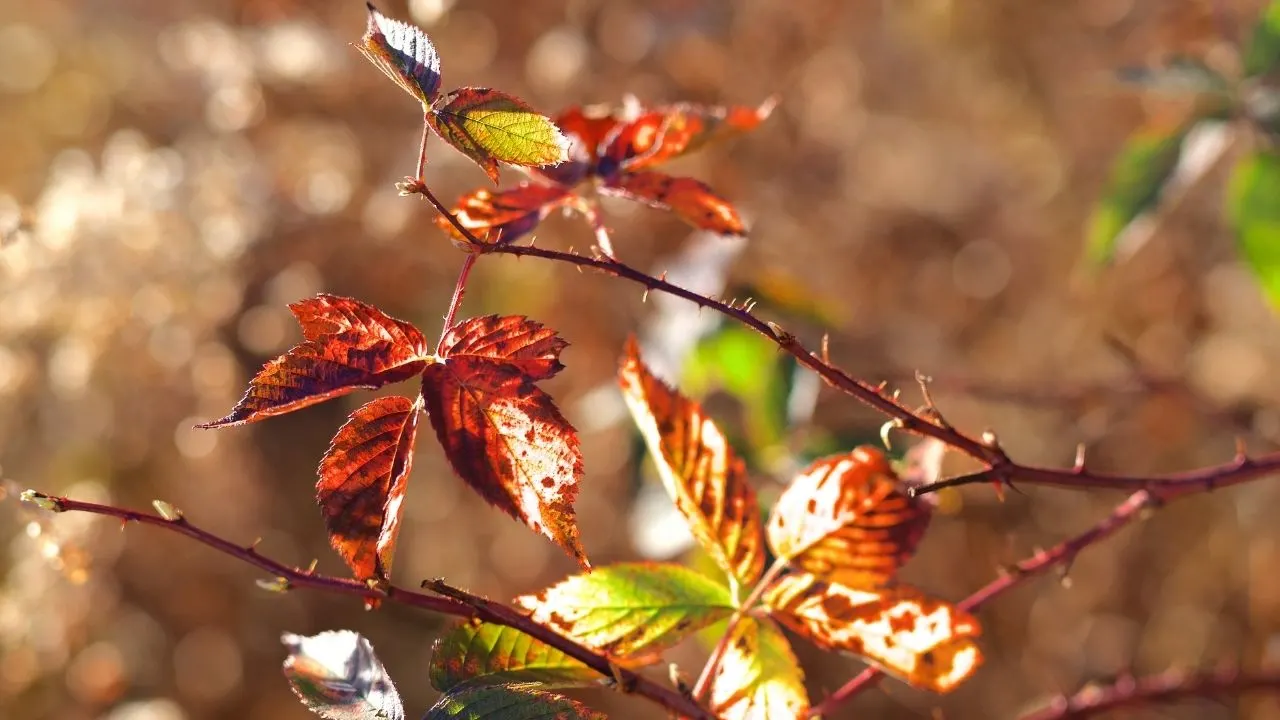
Raspberry bush creates shoots or canes that grow and thicken every year
The first set of canes is called the primocanes. Often, these are sections of the plant that thicken and make a type of woven basket at the base of the bramble.
The canes may also grow underground, rooting quite some distance from the main bramble.
The sudden appearance of green leafy shoots away from the main bramble bush creates suckers that grow out of the primocanes.
Primocanes will often have smaller canes growing from them. These younger, green growths look like little suckers hanging off the thicker canes.
To propagate red raspberries using these suckers, gather these tools:
- A garden spade
- Rubbing alcohol
- Sharp garden shears or a knife
- A pot
- Potting soil that’s slightly acidic pH (6.5-6.7 pH)
Wintertime is the best time to undertake raspberry propagation and planting.
Be sure to protect the propagated cuttings and avoid freezing the brambles with frost.
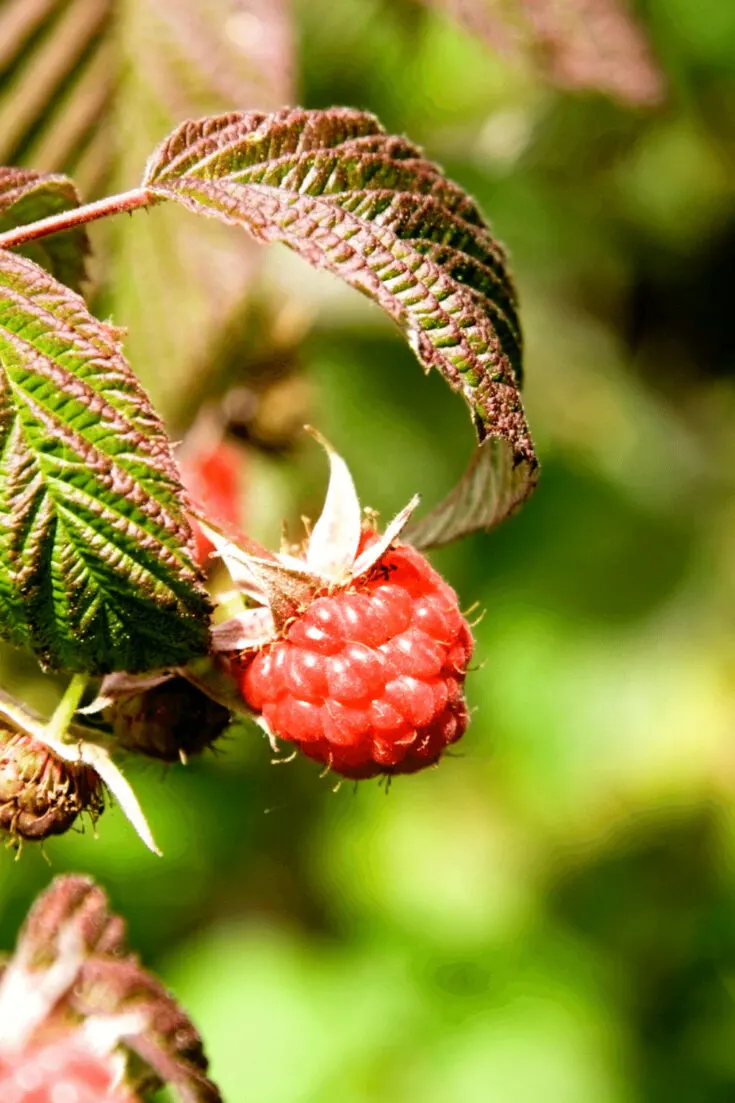
You can propagate a raspberry by using suckers
Method to Propagate Red Raspberries
To start, simply select an area of the main raspberry plant that you want to cut the propagation cutting from.
This should be a healthy area where there are no signs of rot or insect strike.
The primocane should be healthy and have several suckers growing from it.
Select a section that is not too deeply grown into the main plant, as you don’t want to damage your existing raspberry bramble.
Using a sharpened garden spade, cleaned with alcohol, cut through the primocane, separating a section that has suckers and roots from the parent plant.
Carefully brush some soil from the roots, giving yourself a better look at the cutting.
Using the garden shears, you can trim away most of the primocane, leaving only sections of the suckers with adult roots.
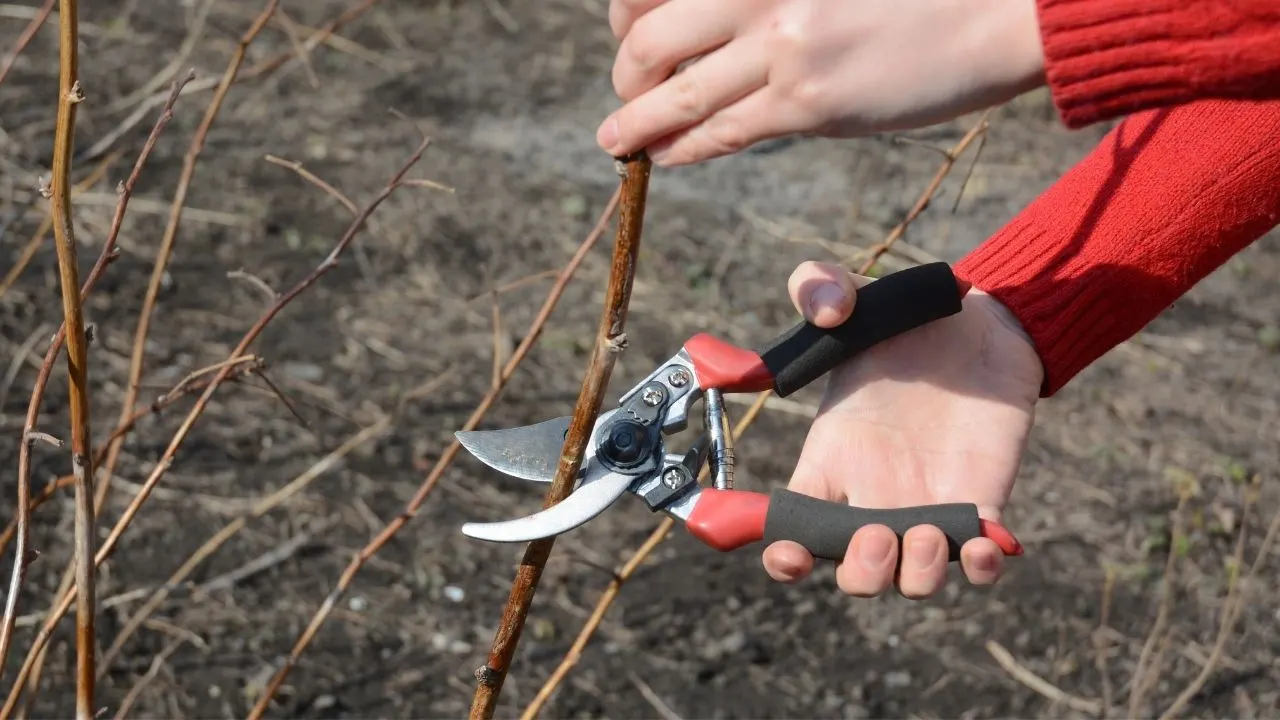
Use garden shears to trim most of the raspberry primocanes, leaving some of the suckers with the adult roots
Each sucker should have several healthy roots with it to be a viable propagation prospect.
Caring for the Raspberry Propagation
Next, place the propagation into a pot with soil at the required pH of 6.5-6.7 for brambles.
Spray some water onto the propagation, being sure not to drown the plant.
The soil should be loose and not solidly compressed.
Luckily, raspberry brambles are quite adept at growing in the wild, and unless you fuss too much, the cutting should thrive.
Place the potted cutting in a sunny spot that is protected from the elements.
If you wait until early spring or late spring to create a cutting, the plant will be immature when summer heat rolls in and scorches the soft bramble leaves.
By propagating in late winter, the plant will have established by the time the plant needs to survive the summer heat.
Since the propagation is vulnerable to extreme colds, be sure to cover the soil with mulching or place it in a sunny spot.
If the weather turns cold and rainy, rather bring the potting onto your veranda or place it in a greenhouse.
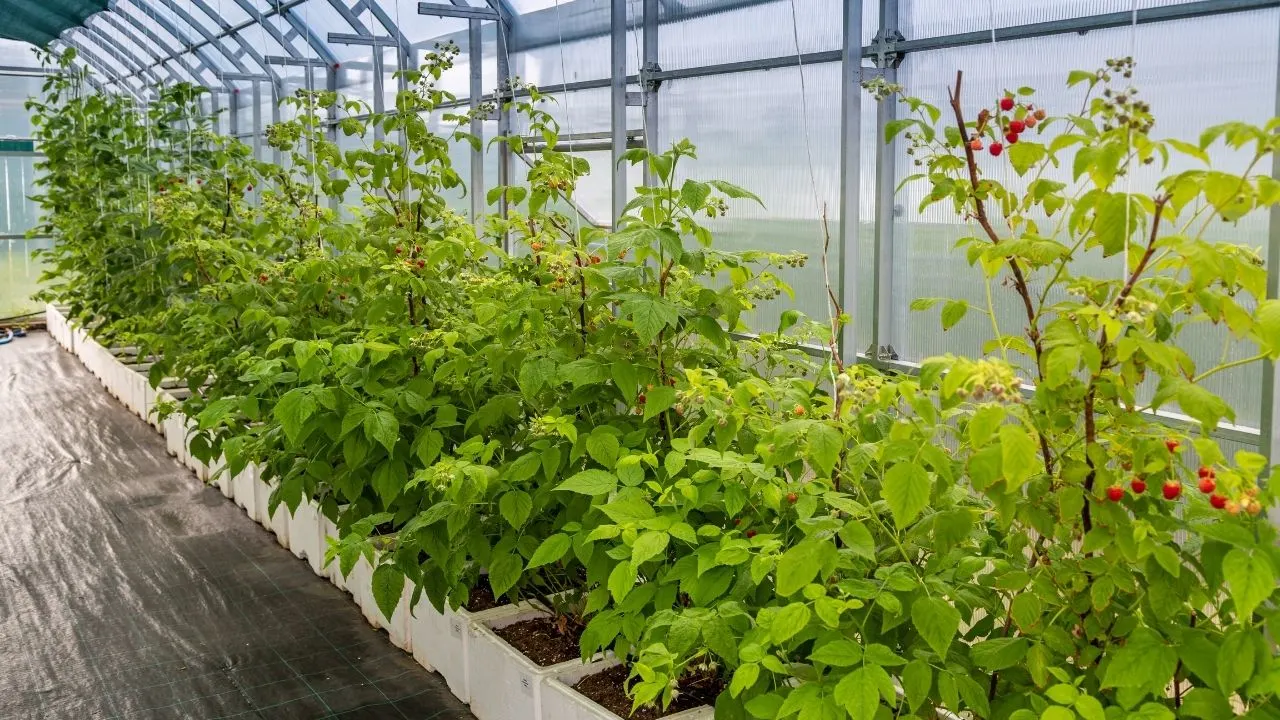
It is best to place your raspberry cuttings in greenhouses as they’re vulnerable to extreme colds
Water the propagation when the soil is dry up to your second knuckle when you push a finger into the soil.
Method 2: Propagating Tips of the Raspberry Plant
A good way to propagate cuttings from the raspberry plant is to create your own mini raspberry plant and then cut it from the main plant.
This method works well for other color varieties of the raspberry plant, such as black or yellow raspberries.
Prepare the following tools:
- Garden shears
- Sterilizing fluid or rubbing alcohol
- A paperweight or medium size stone
- Pot
- Slightly acidic soil
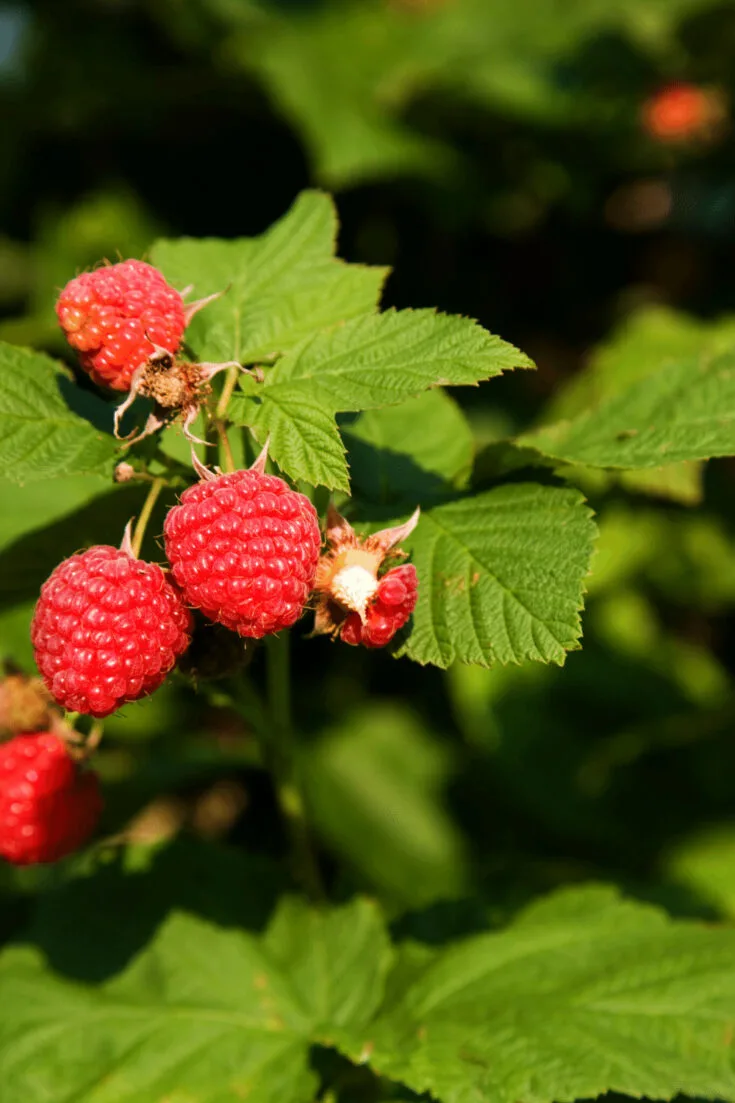
You can propagate a raspberry plant by using tip cuttings
Method to Propagate Raspberry Tips for New Raspberry Plants
The lady who was so impressed with my raspberries advised me to use this method.
She asked me to bring her the tools I’ve listed above, and then she began to scratch around the raspberry bramble, looking for the perfect tip to use.
She explained that it was important to find a healthy tip for one of the raspberry brambles.
Then the tip is buried in the soil a short distance from the plant, using a weight to gently keep the bramble in place.
The adult plant will continue to nourish the tip, feeding it enough moisture and nutrients, while the tip will react to the soil, creating roots of its own.
My guest explained that after a few weeks, if you remove the stone and the bramble tip seems to be “embedded” and won’t come out of the soil, then you can proceed to shear the bramble from the bush by cutting it near the ground.
It is important to use sterilized shears for any cutting work you do.
Wait until the soil is warmed through by the sun.
This means that late afternoon is the best time of day to remove the new raspberry plant from the ground.
Use a brush to loosen the dirt from the cutting and examine it for viability.
Check whether the roots are well attached and if you are satisfied the propagation was successful, plant the cutting in a pot with slightly acidic soil.
Spray with water until the top layer of soil is wet, then place it in a protected place where the cutting will enjoy full sun during the day.
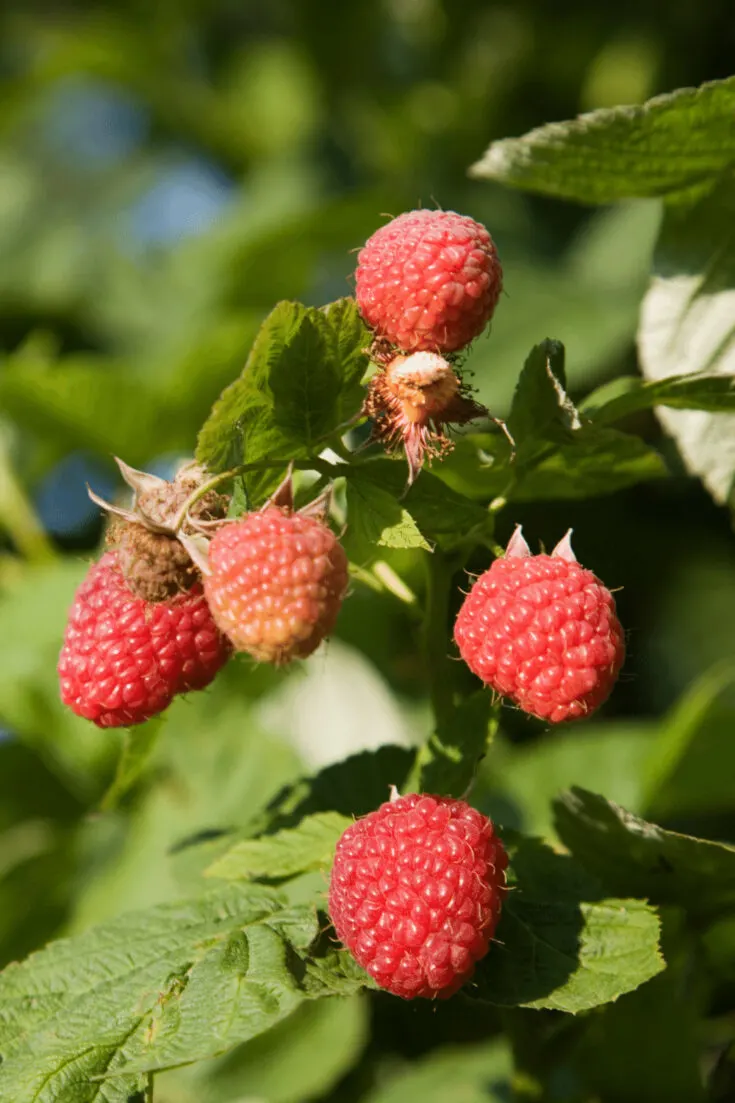
There are 2 main ways to propagate raspberry plants through tip cuttings and suckers
Frequently Asked Questions about How to Propagate Raspberries
Can you grow raspberries using cuttings?
In winter, you can create cuttings from raspberries by cutting off a sucker section of the plant for red raspberries, while black and yellow raspberries can be grown from bramble tip propagation.
How do you propagate berry bushes?
Berries like raspberries and even some grapes will grow from propagated cuttings where a tip of the vine is planted into the ground and allowed to grow roots.
Conclusion About How to Propagate Raspberries
Whichever method of propagating you choose to create your own healthy and vital raspberry plants, you should always ensure the plant is viable and healthy.
Never propagate a plant that seems sickly, even if it has delivered the best berries in the past.
I thoroughly enjoyed seeing my raspberry tip cultivation take root, and the small raspberry plants that thrived in my garden have been a blessing that I could share with all the other raspberry fans in my neighborhood.

Daniel has been a plant enthusiast for over 20 years. He owns hundreds of houseplants and prepares for the chili growing seasons yearly with great anticipation. His favorite plants are plant species in the Araceae family, such as Monstera, Philodendron, and Anthurium. He also loves gardening and is growing hot peppers, tomatoes, and many more vegetables.

